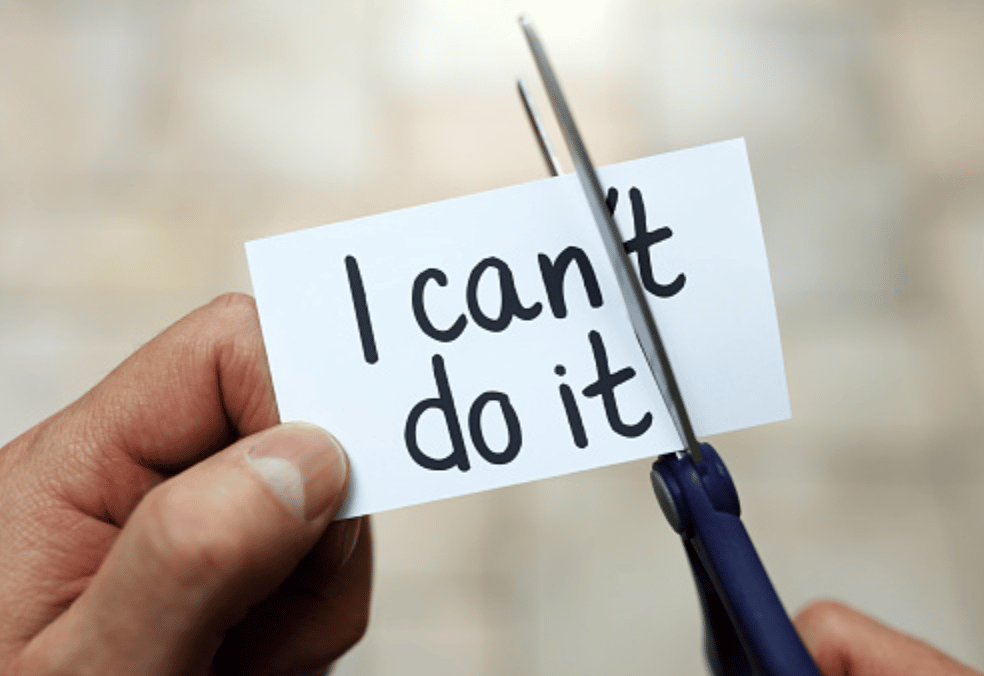We all have one behavior we wish to change, and it is not an easy thing to do. This content is for you if you have been looking for a recipe or template to change that behavior. We approached this content from a neuroscience viewpoint, meaning it has a high potential to work for you.
When it comes to behavior change, many people love to focus on motivation alone when they should focus on ability and promptness, which is where the major work is. Without wasting further time, let’s get down to business:
Changing Behavior Is Possible, But Not Always Easy
Start from this assumption. Change is not so simple; according to Neuroscience, a science that studies the nervous system, the human brain works better and faster by cultivating already-established patterns and behaviors.
Escaping from these patterns takes more energy and effort. Therefore, changing a behavior that is already solidified and automated in the brain is not so simple. But it is possible.
The Brain Is Malleable and Always Ready To Learn
Our brain is endowed with neuroplasticity; it is always ready to learn new things and acquire new habits, in addition to weakening old ones. This means that the brain is flexible enough for a behavior change.
Each time the brain establishes a new connection and strengthens it to increase mastery of a skill, it weakens other connections that were not used then, weakening old habits.
Repetition Is The Key To Changing Behavior
Repeat, repeat, repeat. Habits exist to make everyday life easier; we wouldn’t be able to do so much in a day if we had to think about each action. If we had to think about every step, word, or body movement, it would be impossible to perform so many activities daily.
To change a behavior, you have to make it a habit, repeating it until it is automated and embedded. Habits are sequences learned after many repetitions. And once they become habits, they are performed without mental effort.
Transforming Behavior Involves Desire
Behavior expresses several factors that involve our memories, experiences, and values. It is easier for a habit to stick when it involves personal history and desires. The further away from our values, memories, and desires, the harder it is to develop the new habit and the longer it can take.
Inducing the person to focus on specific ideas and actions with persistence is key. It is worth noting that behavior change only becomes permanent if the brain finds it fascinating or essential.
Identify The Need That The Behavior Satisfies
To change an unwanted habit, you need to identify the need it satisfies. Sometimes the trip to the fridge before bed is not hunger but anxiety about the next day’s schedule. Aggression with co-workers at meetings can be a need for self-affirmation in a competitive environment.
To let go of a bad habit or behavior, it is necessary to diagnose what drives the person to it and find ways to satisfy that need in another way.
Discover The Trigger Of The Old Habit
It is crucial to determine the triggers that lead you to the old habit – overeating, smoking, giving up exercise, or acting aggressively. Avoiding triggers is already halfway to staving off the unwanted habit.
For example, if drinking coffee makes you want to smoke, it is better to stop it. If entering social media wastes time and focus, avoid checking them. The brain will always want to return to the old habit until the new one has actually established itself.
Set Small Goals And Big Rewards
Our brain is primarily driven by emotion, and it gets discouraged when it sees that reaching the goal is very far away. Setting small goals to achieve a big habit change is essential. Dividing big challenges into small ones leads to the most significant changes; you get to celebrate small wins.
The brain prefers short-term rewards. When you attain small goals, the reward system is activated, releasing dopamine in the body and causing pleasure. The pleasant feeling of overcoming the old habit gives you self-confidence and encouragement to transform.
Transforming Behavior Does Not Have A Right Time
The timing of the habit change will depend on how ingrained the behavior is in the person and how much they want to change it. With time, change begins to bother us, withdrawal from the habit begins to weigh on us, cortisol – the stress hormone – is released, and we feel overwhelmed having to think about this new habit all the time.
If there is no persistence, this is the time when we lose all work. Keeping motivation high and the satisfaction of meeting goals is fundamental to success.
Final Thoughts: Align Change With Emotions
Conscious will is not always enough for the brain to return from its automatic patterns. Therefore, it is necessary to align change in habits with emotions, transforming it into something with motivation, aligned with the values and desires of the person who experiences the transformation.
Rationalizing too much doesn’t help in moments when emotion takes over, and then there’s a risk of returning to old patterns or making slips. Habit change is possible once there’s a desire to change, persistence, and a new habit aligned with your emotions and desire.
